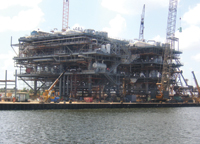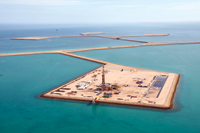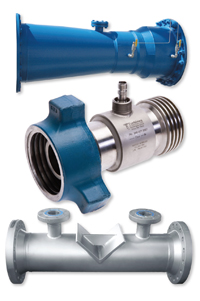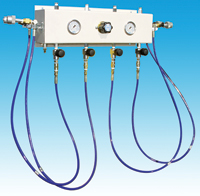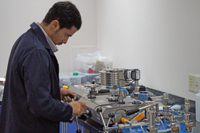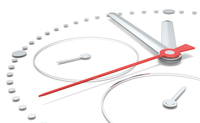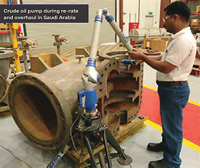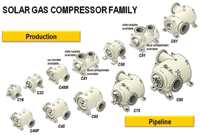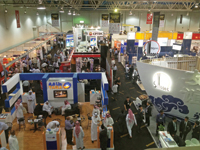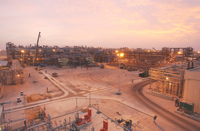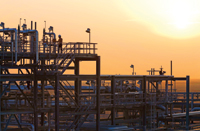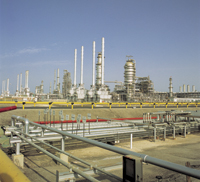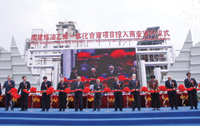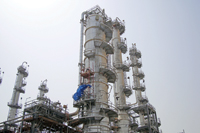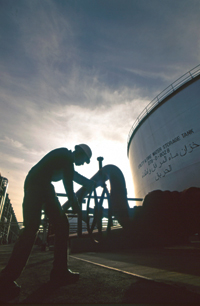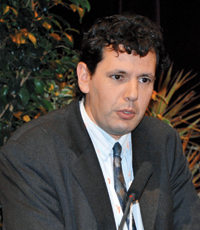
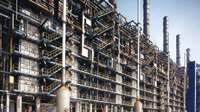 Schmidt+Clemens ... manufacturing quality solid CRA line pipe
Schmidt+Clemens ... manufacturing quality solid CRA line pipe
AS PRODUCED fluids from oil and gas reservoirs get more aggressive in terms of corrosive species and as exploration activities shift to remote frontiers which are often deeper and hotter, corrosion resistant alloys (CRA) are often used to ensure equipment reliability and performance under these challenging conditions. Solid CRA piping solutions like flowlines, gathering lines, risers are often used to transport unprocessed fluid from produced wells. These solid CRA line pipes are conventionally manufactured either as wrought seamless pipes or as welded pipes.
An alternative pipe manufacturing process which results in a seamless pipe is the horizontal centrifugal casting process. In this process, liquid metal is poured into a rotating, preheated cylindrical metallic mould. This results in the application of centrifugal force on the liquid metal as it solidifies. Directional solidification of liquid metal occurs from the outside wall to the inside wall and the molten material in the interior feeds the solidification front.
This results in minimisation of solidification porosity. Additionally, impurities like slag inclusions collect at the inside bore of the pipe which is usually machined.
Since the machining is a part of the pipe manufacturing process, centrifugally cast pipes can be supplied to much tighter tolerances on inside diameter, wall thickness and roundness than wrought seamless and longitudinally welded pipes.
 |
Moreover, the properties are isotropic, that is, longitudinal, transverse and through-thickness properties are similar. Additionally, this process is well suited for heavy wall thicknesses, non standard dimensions as well as shorter lengths and shorter delivery schedules. Additionally, the casting process allows the flexibility to formulate special compositions which can result in optimum mechanical properties, corrosion resistance and weldability. This process is a well established method for making tubes and pipes and has been widely used on various high performance ferrous and non-ferrous metallic materials for a variety of applications ranging from heat resistance to corrosion resistance.
The upstream oil and gas industry has had experience of using centrifugally cast pipes of various CRA for different applications like gathering lines, production manifolds, topside piping and spools.
Schmidt+Clemens has used the horizontal centrifugal casting approach to manufacture and qualify solid CRA line pipe as per the pipeline standards conventionally used by the upstream oil and gas industry. The results of this approach were presented at the oil and gas session of the European Corrosion Congress meeting held in Portugal in September.
Twenty two per cent Cr duplex pipe corresponding to wrought alloy composition UNS S31803 has been centrifugally cast and subsequently solution heat treated. The alloy has been extensively tested as per material requirements in terms of mechanical properties, microstructure and corrosion properties of base metal as specified in the pipeline standards as well as the international standards conventionally used for wrought pipes.
Centrifugally cast pipe of 22 per cent Cr duplex grade meets the specified requirements in terms of mechanical properties, basic corrosion resistance as well as microstructure. Based on the obtained results centrifugally cast 22 per cent Cr duplex pipe has been qualified as per API 5LC and DNV-OS-F-101.



































































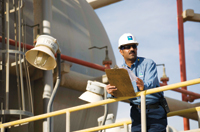
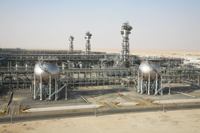


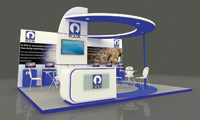
.jpg)

